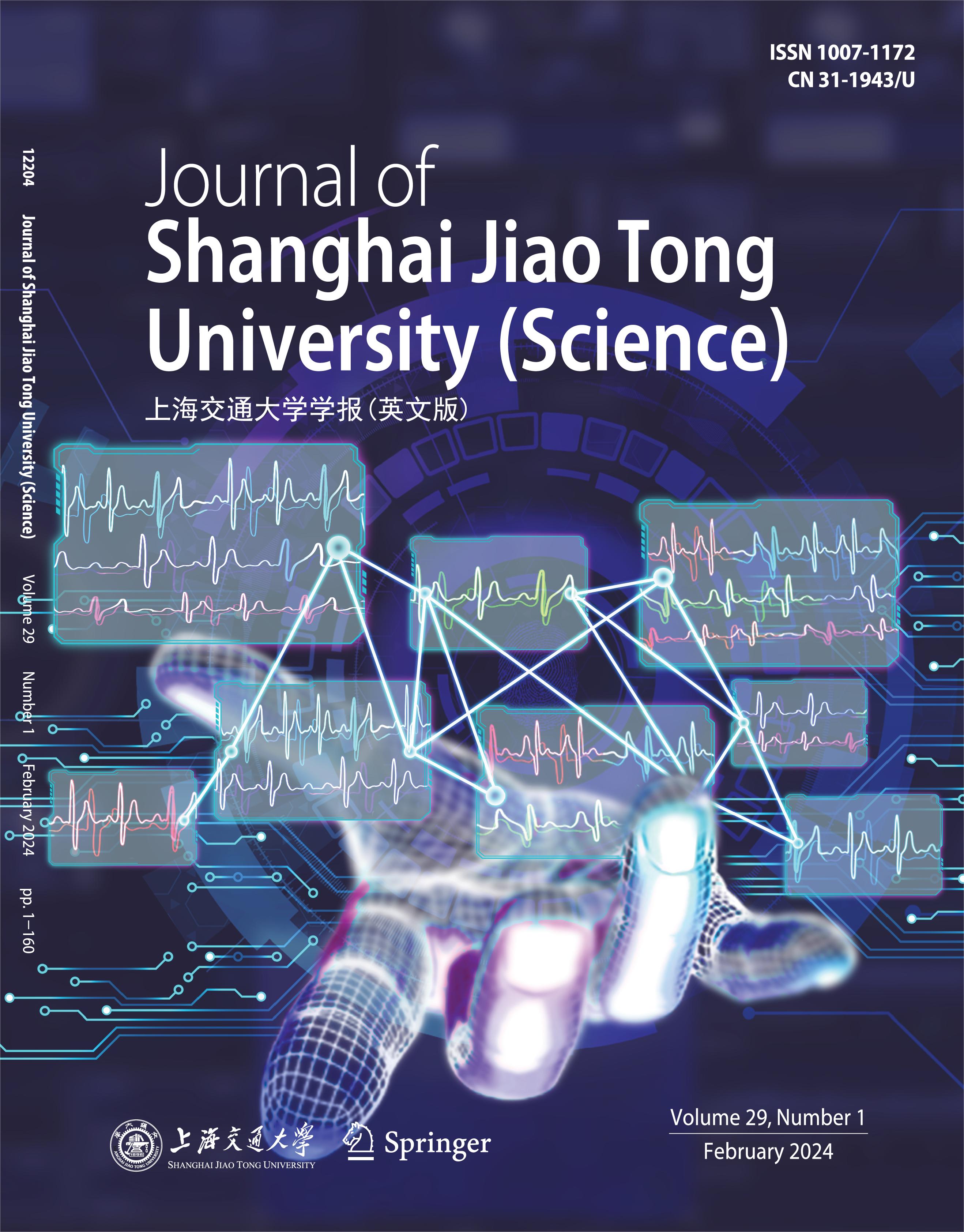|
|
Psychological Impact of the 2022 Round COVID-19 Pandemic on China’s College Students
HONG Dongyang1,3 (洪冬羊), WANG Jinxia2,3 (王金霞), ZHANG Hongyang2,3 (张虹洋), CAO Ziyang2,3 (曹紫阳), YAN Zijun 2,3 (晏紫君), ZOU Lin2,3∗ (邹琳)
2024, 29 (1):
141-149.
doi: 10.1007/s12204-022-2557-8
In response to the new round of COVID-19 outbreaks since March 2022, universities with high outbreak rates around the country have taken quarantine measures to contain the epidemic. Evidence from previous coronavirus outbreaks has shown that people under quarantine are at risk for mental health disorders. To better understand the impacts of this round of COVID-19 quarantine on domestic college students and their responses, we conducted a systematic survey to assess the stress and anxiety, and to evaluate effective measurements in this population. We searched relevant documents and literature, and designed a questionnaire from six aspects, including psychological status, epidemic situation, study, daily life, sports, and interpersonal communication, with 51 items in total. We sent the questionnaire on the Wenjuanxing Web platform, from April 2 to 8, 2022. We evaluated the mental status according to parts of the Generalized Anxiety Disorder-7 (GAD-7) and Depression Anxiety Stress Scales-21 (DASS-21), and investigated the influencing risk factors and countermeasures. Statistical analysis was performed by using the Chi-square test and multi-variable logistic regression. In total, 508 college respondents were recruited in our survey, and the pooled prevalence of mild anxiety (GAD score � 5, or DASS-21 anxiety score 8) or stress (DASS-21 pressure score 14) caused by the new round of COVID-19 pandemic quarantine was 19.69% (100/508). The prevalence of the anxiety or stress in college students with COVID-19 quarantine between different genders, regions, and majors was not significantly different. Independent risk factors for the mild anxiety or stress of undergraduates by COVID-19 quarantine included learning efficiency or duration [OR = 1.36, 95%CI (1.14—1.62), P = 0.001], based on the combined analysis of Chi-square test analysis with multi-variable logistic regression analysis. Interestingly, the mental well-beings before COVID-19 epidemic quarantine [OR = 0.22, 95%CI (0.13—0.36), P < 0.000 1], more low-intensity exercise [OR = 0.36, 95%CI (0.15—0.87), P = 0.02, high-intensity exercise as reference], and good sleep quality [OR = 0.14, 95%CI (0.07—0.30), P < 0.000 1: OR = 0.42, 95%CI (0.30—0.59), P < 0.000 1] are protective factors for alleviating the quarantine�caused anxiety or stress in Chinese college students for this round of COVID-19 epidemic quarantine. During the round of COVID-19 epidemic quarantine in 2022, a small number of college students have mild anxiety, affected by decreased learning efficiency or duration, which could be mitigated with low-intensity exercise and good sleep quality.
References |
Related Articles |
Metrics
|

